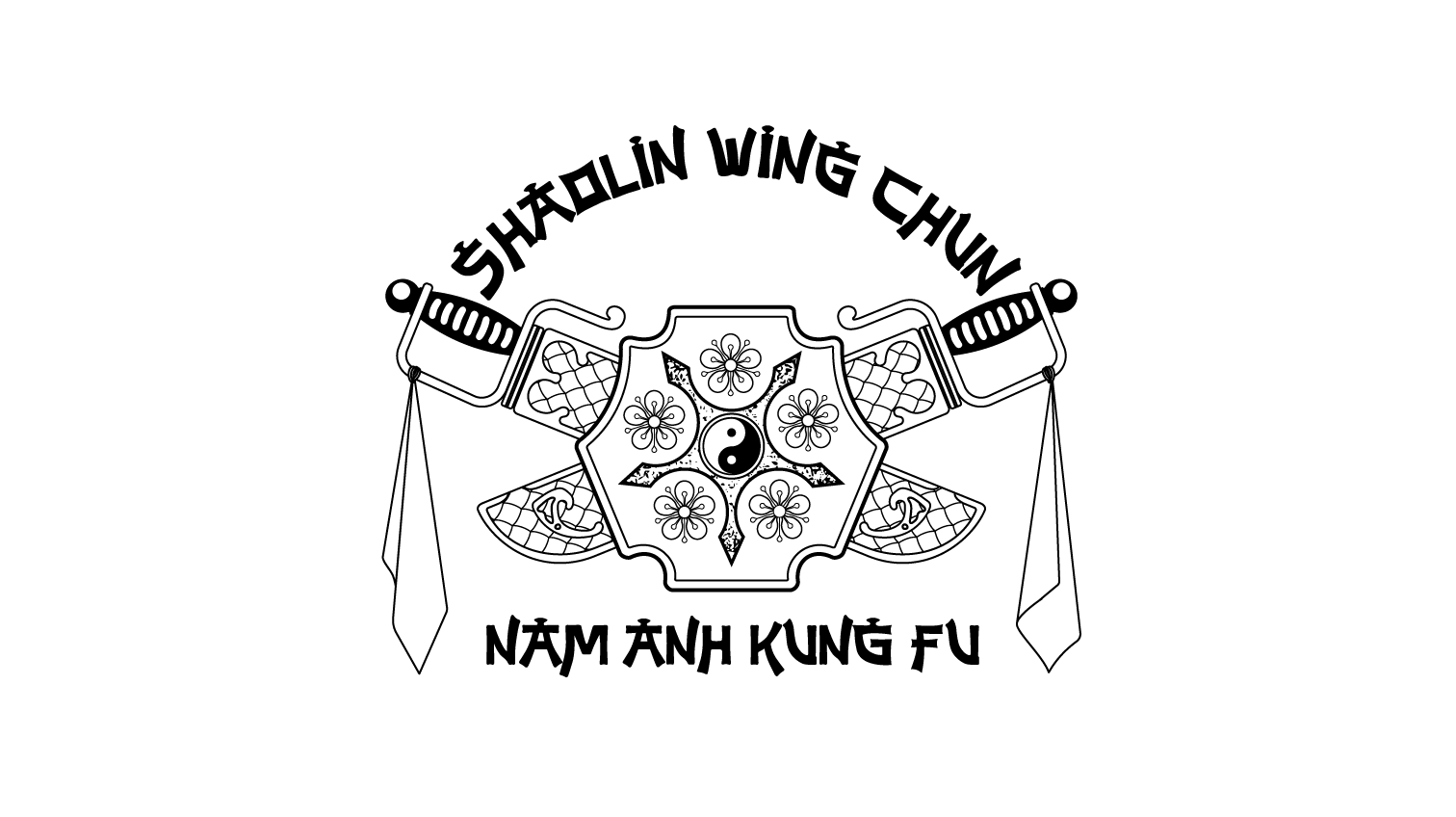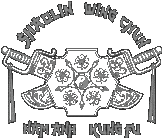Martial arts are the treasure of traditional oriental society. To understand them, you have to familiarize yourself with the foundations of this society. Between the 5th and the 3rd century BC. AD, the world was going through one of the most troubled times in its history. In China, this was the Warring States era, when perpetual wars involving the Five Kingdoms wreaked havoc across Asia. Paradoxically, these chaotic times were also the golden age of Chinese philosophy, where the three basic philosophies of Eastern culture developed. The philosophers of that time sought to understand the origin of violence, as well as the means to restore order, peace and harmony among men.
BUDDHISM
Buddhism was founded by Siddharta Gautama, the Buddha, who lived in the 5th century BC. The latter was a young prince of the Sakyamuni Indian tribe who at the age of 29 left the comfort of his palace for a spiritual quest, and found enlightenment 6 years later, meditating under a fig tree . He devoted the rest of his life to teaching until his death at the age of 80. Among other things, the Buddha taught his disciples the concept of the four noble truths, the concept of Karma, by which men are subject to reincarnation, as well as the concept of non-self, or self-delusion. He therefore proposed a method and practices for accessing the true fundamentally good nature of human beings, understanding and following their Karma, as well as attaining enlightenment, or nirvana, to end the cycle of reincarnations. In China, it was almost a thousand years later that the craze for Buddhist philosophy began, and it was around this time that several temples dedicated to Buddhist practices and rituals were built. One of these temples would later become very famous, it was called the temple of the young forest, or Shaolin.
Buddhist teachings were therefore passed down from generation to generation, and several institutions aimed at protecting and transmitting this knowledge appeared and disappeared over time. Buddhism spread throughout Asia and profoundly shaped Eastern philosophical culture. Even today, this philosophy occupies a central place in the martial arts resulting from the Shaolin system, among other things thanks to its notions of self-control and Karma.
TAOISM
Dating back to around 5000 BC. AD, Taoist philosophy evolved from the first writings dealing with I Ching (book of transformations) and energy science. However, it was not until around the 5th century BC. AD that Lao Tseu condensed the essence of the Taoist philosophical and mystical beliefs in his work: the Tao Te King (Book of the Way and the Virtue). He was considered the founder of Taoism thanks to this book. Taoism was the first true oriental science to study the universe and the laws that govern it. Among other things, the symbol of the Tao (Yin and Yang), explained the duality of the forces which govern the Universe. This science also defines the concept of the 5 elements, associated with 5 organs in human beings. Taoism proposed as well as man (microcosm) was made in the image of the universe (macrocosm) and was composed of the same energy, therefore subject to the same operating laws. It was through this realization that the Taoists developed a body of knowledge, as well as specific practices for health and longevity. Taoism was the source of many teachings in both martial arts and oriental medicine and is today inseparable from Asian culture.
CONFUCIANISM
Confucius (551 to 479 BC) developed this philosophy dealing mainly with the problems of life in society and the rules of social harmony. He established the moral principles of a hierarchical society which should be the basis of good social order. During his lifetime, Confucius could not get his doctrine adopted by powerful kings and warlords, but his teachings were immortalized in his only work: The Analects. His followers continued his teachings until Emperor Han Wudi (149–87 BC) established Confucianism as the universal doctrine of the Middle Kingdom. This political system will last until the 20th century. The teachings of Confucius clearly defined five relational relationships: king-subject, husband-wife, father-son, older brother-younger brother and friend-friend. Each of these relationships involved specific rules of moral conduct, and each social role was associated with a set of duties and obligations to be fulfilled, as well as qualities to be cultivated. Confucianism therefore greatly influenced Eastern culture and still guides traditional martial arts thanks to its principles of hierarchy, master-disciple relationship, as well as the ideal behavior of the noble man.

